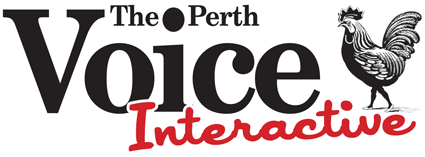DID you know that between 1927 and 1954, there was a Prohibited zone in Perth that Aboriginal people were not allowed to enter?
Did you know that in the 1830s Aboriginal people actively resisted European occupation, and were shot and killed for it?
These and other largely unknown aspects of Aboriginal history are unveiled in Karla Yarning: Stories of the home fires.
A set of Aboriginal heritage maps that include written histories, they’ve been developed by UWA professor Len Collard and Curtin’s Dr Tod Jones, and funded by Perth city council to the tune of $44,000. Following each map’s heritage trail takes about 90 minutes.
They’re aimed at teaching locals and tourists about the deep connections Aboriginal people have with the area chosen by the British as the colony’s capital.
Professor Collard, traditional owner of the Perth native title claim, says he wants to share the history of his ancestral lands with as many people as possible.
“I think they’re important stories that are part of the landscape that have been there since humans lived here.
“They’re there for children or members of the public to engage in and give us an understanding of our sense of place… they’re not secret stories hidden under a rock.”

Perth lord mayor Lisa Scaffidi says the maps “take people on a journey to discover and learn the importance Aboriginal heritage holds in the history of our city”.
“The first map, This city is Wadjuk country, explores Wadjuk Noongar history before the arrival of white settlers in 1829.
“On your walk you will explore areas of importance before white settlement and get a feel for the way Wadjuk people lived, traded, hunted, harvested and conducted ceremonies.”
The second Karla Yarning map, Fighting for families, country, rights and recognition, explores Aboriginal history in Perth after 1829.
Its walk includes the resistance of Wadjuk leaders Midgegooroo and his son Yagan in the 1830s, the Prohibited Area zone in place between 1927-1954, Aboriginal protest rallies held in the 1930s and 1940s and the establishment of important Aboriginal organisations.
Tourism WA says 83 per cent of international visitors seek Aboriginal tourism experiences.
Visitors can get a map from the WA visitors centre, iCity Kiosk in the Murray Street mall, and council house or download the maps from the PCC website.
by STEPHEN POLLOCK

The Karla Yarning maps can now be downloaded from the City of Perth website. http://www.perth.wa.gov.au/our-city/things-see-and-do/karla-yarning-stories-home-fires